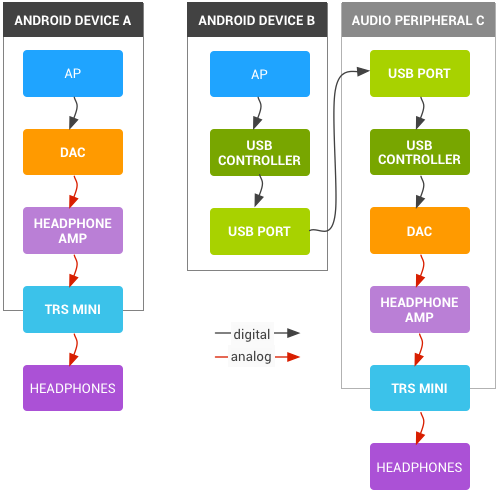


- #PNP AUDIO DEVICE SAMPLE RATE 44.1 HOW TO#
- #PNP AUDIO DEVICE SAMPLE RATE 44.1 SERIAL#
- #PNP AUDIO DEVICE SAMPLE RATE 44.1 PC#
For example, a host may poll an audio device to check whether the MUTE button has been pressed.

Interrupt transfers are used by the host to regularly poll the device to find out whether something worthwhile has happened. The data has a CRC as normal, but if the receiving side detects an error there is no resend mechanism. Since a fixed and limited amount of bandwidth has been allocated, there is no time to resend data if anything goes wrong. For example, the host may OUT 1 KByte of data every 125 us to the device. When an isochronous endpoint is set up by the host, the host allocates a specific amount of bandwidth to the isochronous endpoint, and it regularly performs an IN- or OUT-transfer on that endpoint. Isochronous transfers are used to transfer data in real-time between host and device. Bulk transfers are not considered time criticial, and are scheduled around the time critical transfers discussed below. If the device is not ready to accept data it can send a negative-acknowledgment, NAK, which will cause the host to retry the transfer. If the CRC is not correct, the transfer is not acknowledged and will be retried. If the CRC is correct the transfer is acknowledged, and the data is assumed to have been transferred error-free. On a bulk transfer, the receiver of the data has to verify the CRC. All USB transfers carry a CRC (checksum) that indicates whether an error has occurred. There are four sorts of IN and OUT-transfers in USB: Bulk, Isochronous, Interrupt, and Control transfers.Ī bulk transfer is used to reliably transfer data between host and device.
#PNP AUDIO DEVICE SAMPLE RATE 44.1 PC#
In the world of USB Audio, IN and OUT transfers may be used to transport audio samples: an OUT-transfer to send audio data from a PC to a speaker, whereas an IN-transfer is used to send audio data from a microphone to the PC. When the host performs an OUT-transfer it sends a packet of data that the device must capture. When the host initiates an IN-transfer the device has to respond with data for the host. Each transfer is addressed to a specific device, and to a specific endpoint on the device. USB is a protocol where the PC, the USB-host, initiates a transfer, and the device (for example a USB speaker) responds.
#PNP AUDIO DEVICE SAMPLE RATE 44.1 HOW TO#
In this article we set out to show how USB Audio works, what to watch out for, and how to use USB Audio for high-fidelity multi-channel input and output. In this article we will look into USB Audio: a standard for digital audio used in PCs, smart phones and tablets to interface with audio peripherals such as speakers, microphones, or mixing desks. Memory sticks, external drives, mice, and web cameras are all interfaced over USB.
#PNP AUDIO DEVICE SAMPLE RATE 44.1 SERIAL#
USB, the Universal Serial Bus, has been around for decades and is a heavily used standard in the world of personal computers.


 0 kommentar(er)
0 kommentar(er)
